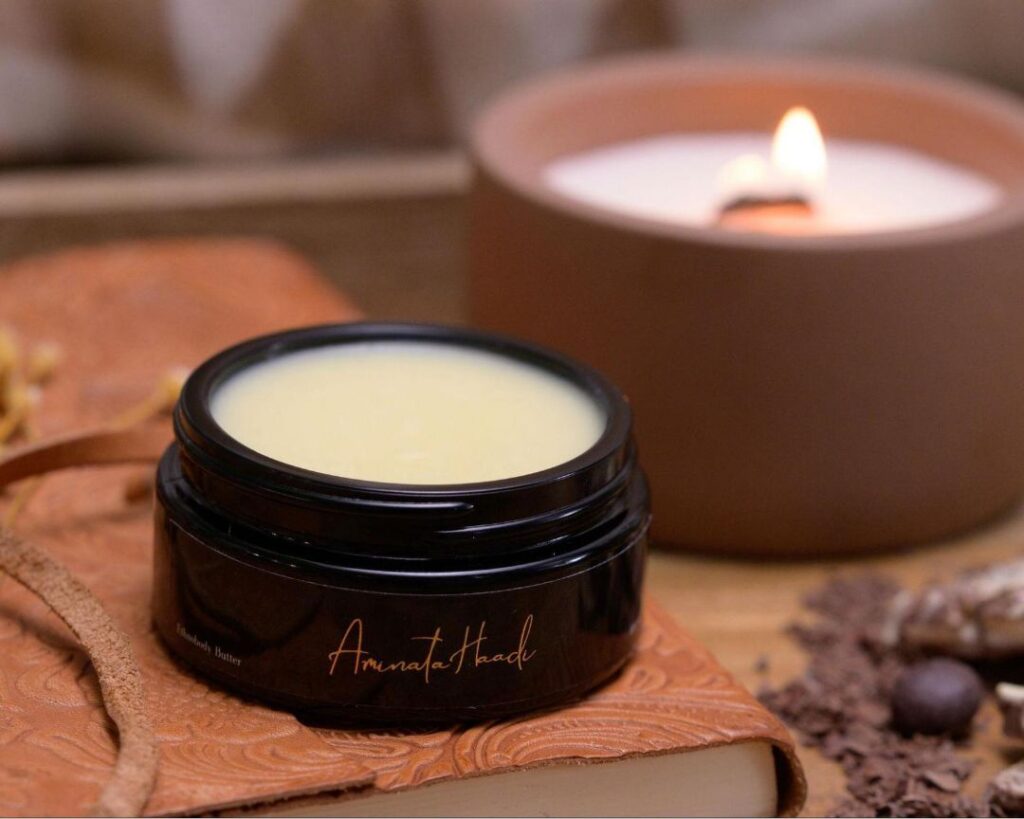Integrated Wellness: A System for Coherent Living
Integrated Wellness: A System for Coherent Living

Imagine two mornings.
In the first, you wake to a flood of notifications, your thoughts already splintered. Coffee cools beside you as the mind races faster than the body can follow. In the second, the same world waits — but you move with deliberate pace, choosing what to absorb, what to ignore, and what deserves your energy. The external conditions are identical; the difference is the system through which you process them.
This system is wellness.
Not a category of health or a curated lifestyle, but the mechanism through which every input — sensory, emotional, intellectual — is received and interpreted. It is, in essence, the central processing unit of human life.
When that internal circuitry functions coherently, thought aligns with motion, and motion reinforces thought. Wellness is therefore not the pursuit of balance but the capacity to operate in harmony — the synchronization of mind and body toward one unified state: coherence.
1. The Mind — The Architecture of Awareness
The mind is the architect of every decision, the designer of perception. Before the body acts, the mind has already built the blueprint. Within this framework, intellectual wellness is not simply mental health; it is the discipline of discernment — the ongoing process of evaluating what we think, why we think it, and how those thoughts shape behavior.
Intellectual Wellness: The Discipline of Discernment

Intellectual wellness is clarity applied. It demands that thought be handled with care — that the mind serve as a filter, not a sponge. It prizes precision over noise, quality over quantity.
In practice, this means curating mental input with the same intentionality one might apply to nourishment or rest. Books, conversations, media, silence — all become nutrients for the mind. The measure of wellness is not how much we consume, but how intelligently we process what remains.
To live intellectually well is to establish order: a coherent inner system that reduces emotional interference and heightens self-direction. It is the origin of composure, the foundation of poise, and the precursor to every deliberate act.
The brand expresses this through one tool above all — journaling.
Journaling: A Mirror of the Processing System
Journaling is how thought becomes visible. It is the practice of translating emotion into structure and ambiguity into understanding. A journal entry captures the raw data of experience and refines it through language — transforming reaction into reflection.
In this system, journaling is not therapy or nostalgia. It is calibration. It organizes perception, revealing patterns that might otherwise remain unconscious. Each line written is a form of mental maintenance — a way of clearing the static from the signal.
A journal entry is not merely a record of events. It is a statement of perception — a distillation of how one interprets the present moment. It might be a single line or a full page; what defines it is precision, not length. The purpose is not performance but processing: capturing thought in motion and examining its quality.
Journal Prompts as Mental Calibration
Prompts are starting points — questions that direct attention inward and require the mind to articulate, not react. Used consistently, they become the mental equivalent of strength training: controlled resistance that develops endurance and clarity.
Some examples include:
- What emotion guided my decisions today?
- What detail did I overlook because of haste?
- Which moment required more composure than I gave it?
- What did I learn about my patience, and how will I apply it tomorrow?
Through these journal prompts and journal entries, we cultivate intellectual fluency. The exercise builds both awareness and accountability — two conditions without which no system can operate effectively.
This is why journaling sits at the foundation of the brand’s interpretation of integrated wellness: it refines thought, and refined thought refines life.
2. The Body — The Expression of Alignment

If the mind is the architect, the body is the structure that brings the design to life. It translates abstract intention into tangible action. The health of this translation determines whether life feels fluid or fragmented.
Organic Movement: The Practice of Presence
Movement does not need to be categorized as exercise. It is any act that reconnects the individual to presence. Walking while observing one’s surroundings, tending a garden, preparing a meal, rearranging a room, sculpting, building — these are not separate from wellness; they are wellness when approached consciously.
Organic movement sustains energy without depleting it. It keeps the body fluent, responsive, and integrated with its environment. It is less about output and more about rhythm — finding the sustainable tempo at which both mind and body can perform without friction.
In a typical day, this might look like choosing to stand during a phone call, walking to clear a thought before responding to an email, or stretching while waiting for water to boil. Each moment becomes an opportunity to participate in movement that aligns thought and action.
Sustainable Nourishment: The Data of the Body
The body, much like the mind, processes data — only its input is nutritional rather than conceptual. Sustainable eating is therefore less about dietary labels and more about informational accuracy: understanding what fuels clarity and what diminishes it.
To eat sustainably is to listen — not to trends, but to feedback. Which foods sustain focus? Which dull it? Which restore steadiness throughout the day? This dialogue becomes a form of embodied awareness, where nourishment is not moralized but observed.
Sustainable nourishment might mean noticing that a lunch heavy in refined carbohydrates leaves you foggy by 3pm, while protein and fats sustain focus through late afternoon. It’s not moral — it’s mechanical. The body reports; you adjust.
It rejects the language of “diet” and replaces it with relationship. The goal is consistency, not control — a long-term equilibrium that supports physical steadiness and mental soundness alike.
3. Embodied Practice — Where Philosophy Meets Product

A principle has no meaning until it is lived. The brand’s products are not detached luxuries but tactile invitations to participate in care — the physical language through which philosophy becomes practice.
Applying a body butter, massaging a face balm, or layering an oil is not cosmetic alone; it is a sensory journaling exercise. Each motion requires attention, repetition, and intention — a way of writing through touch what journaling writes through language.
In this sense, skincare becomes embodied journaling. The act of applying product mirrors the mental process of a journal entry: you observe, engage, adjust, and respond. The hand learns the same rhythm the mind practices — methodical, deliberate, aware.
This bridge between philosophy and product anchors the system. Mind, body, and tactile ritual form a circuit — each reinforcing the others, each reminding the individual that care is not episodic but systematic.
4. Wholeness — The Harmony of Two Systems
Wholeness is the dynamic dialogue between thought and movement. It is not perfection or stasis, but continual synchronization — the capacity to maintain equilibrium amid motion.
The Feedback Loop
The relationship between mind and body is reciprocal. A calm mind regulates breathing; steady breathing regulates thought. Good nutrition sharpens attention; refined thought improves food choices. The system is circular, not hierarchical.
Consider: poor sleep fragments thought → fragmented thought leads to impulsive eating → impulsive eating disrupts digestion → disrupted digestion degrades sleep. The loop compounds. Intervene at any point — better sleep hygiene, journaling before bed, steadier meals — and the entire system recalibrates.
Wholeness, then, is the ability to recognize this loop and maintain it consciously.
Coherence as a State of Function
Coherence is not about feeling good; it is about functioning efficiently. It is the alignment that allows every part of the self to communicate without interference. When the system operates coherently, emotion informs without overwhelming, thought guides without dominating, and the body acts without resistance.
The objective of integrated wellness is this seamless exchange — a mind that directs with clarity and a body that responds with grace.
5. Reframing Wellness — From Escape to Engagement
Modern culture often sells wellness as escape — an intermission from reality. Yet escape implies that wellness exists apart from life, a retreat rather than a framework.
The brand defines it differently: wellness is not departure but participation.
To engage with wellness is to confront reality with coherence — to process experiences as they occur, to adjust without collapse, to respond without overreaction. It transforms wellness from indulgence into intelligence.
Engagement demands awareness of the system itself: noticing how thoughts affect appetite, how posture affects confidence, how language affects energy. Every observation becomes diagnostic. The mind-body connection is not mystical; it is mechanical, designed to self-correct when observed with honesty.
This is why coherence, not calm, becomes the measure of health. Calm can be temporary; coherence endures.
6. The Discipline of Integration
The success of any system depends on maintenance. Integration is not achieved once — it is preserved daily through structure.
Structure in thought, built through journaling and reflection.
Structure in movement, sustained by organic participation in physical life.
Structure in care, embodied through daily practices that reinforce awareness.
Discipline here is not rigidity. It is the quiet architecture that allows freedom to exist without chaos. Integration requires consistency — not intensity. A few clear actions performed regularly sustain alignment far longer than grand gestures performed sporadically.
Without this maintenance, systems degrade quickly. A single disrupted night becomes scattered thought; scattered thought becomes reactive eating; reactive patterns become chronic tension. Yet the reverse is equally true: one deliberate journal entry restores perspective; restored perspective improves decisions; improved decisions compound into steadiness.
The system is resilient, not fragile. It recovers as quickly as it falters — but only when discipline is reintroduced.
This is the underlying philosophy of the brand: that the luxury of wellness lies not in rarity, but in reliability.
7. Integrated Wellness in Practice
To live coherently is to design life as a feedback loop. An integrated day might unfold as follows:
Begin with a moment of mental calibration — a journal entry or a journaling prompt that defines your internal state.
Move deliberately — walk, create, tend, build. Translate thought into action.
Return to the body — apply your skincare products slowly, as if you were writing a line upon the skin: pressure, release, pause.
Conclude with awareness — note what changed, not in emotion, but in energy and focus.
This is not ritual; it is rhythm. It does not require belief, only observation. Each repetition strengthens the processing system, aligning perception and presence.
At the end of each day, coherence asks a single question:
“What did I process well today, and what will I process differently tomorrow?”
That question alone contains the essence of integrated wellness — not perfection, but participation in one’s own system.
Conclusion — The Coherence of Being
Integrated wellness is not the separation of parts but the conversation between them. The mind architects; the body expresses; the system unites. Wellness, then, is not a pursuit of peace, but a framework for participation — the continual refinement of how we think, move, and care.
The brand’s philosophy does not prescribe a method; it proposes a model.
A model of coherence — where thought, motion, and product converge to form a single truth:
Wellness is not what we add to life. It is how we process life itself.



